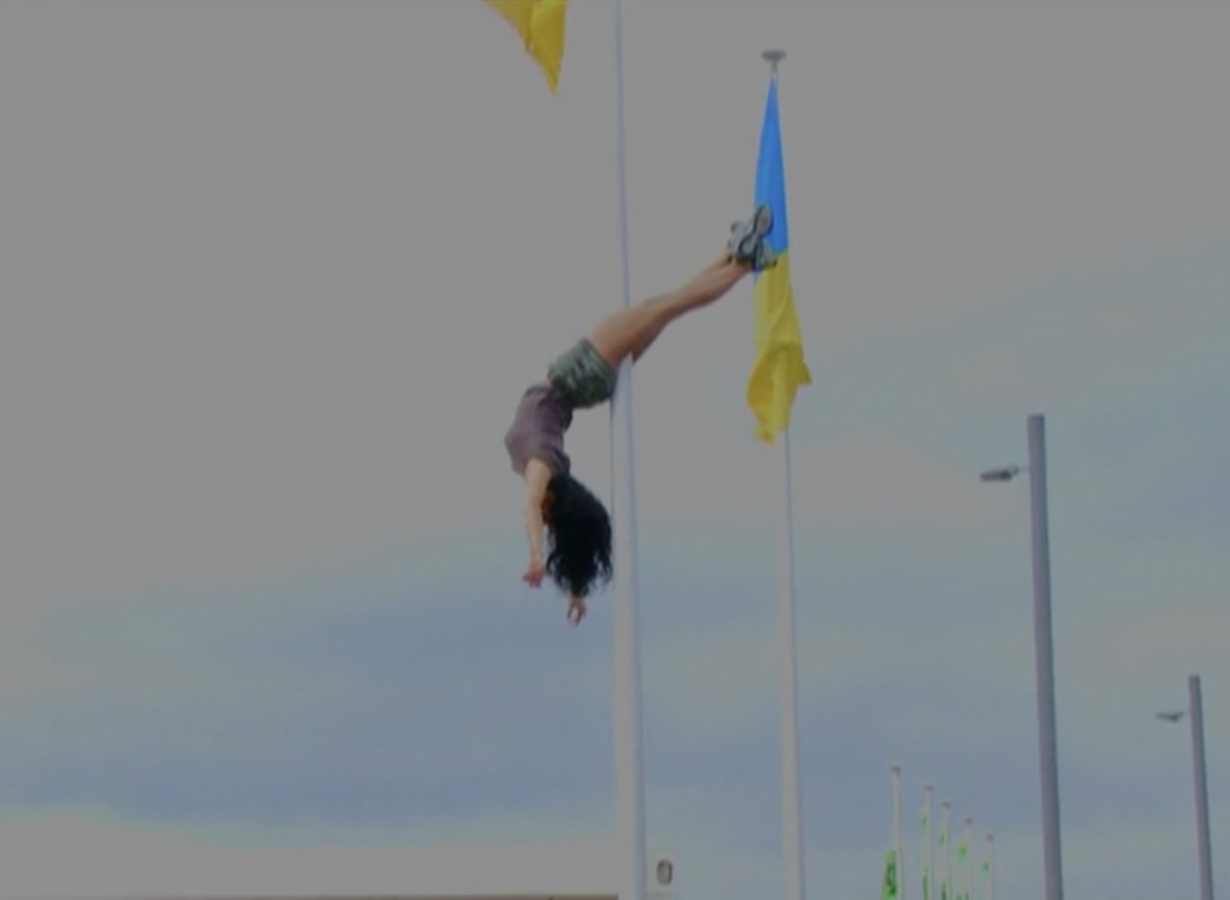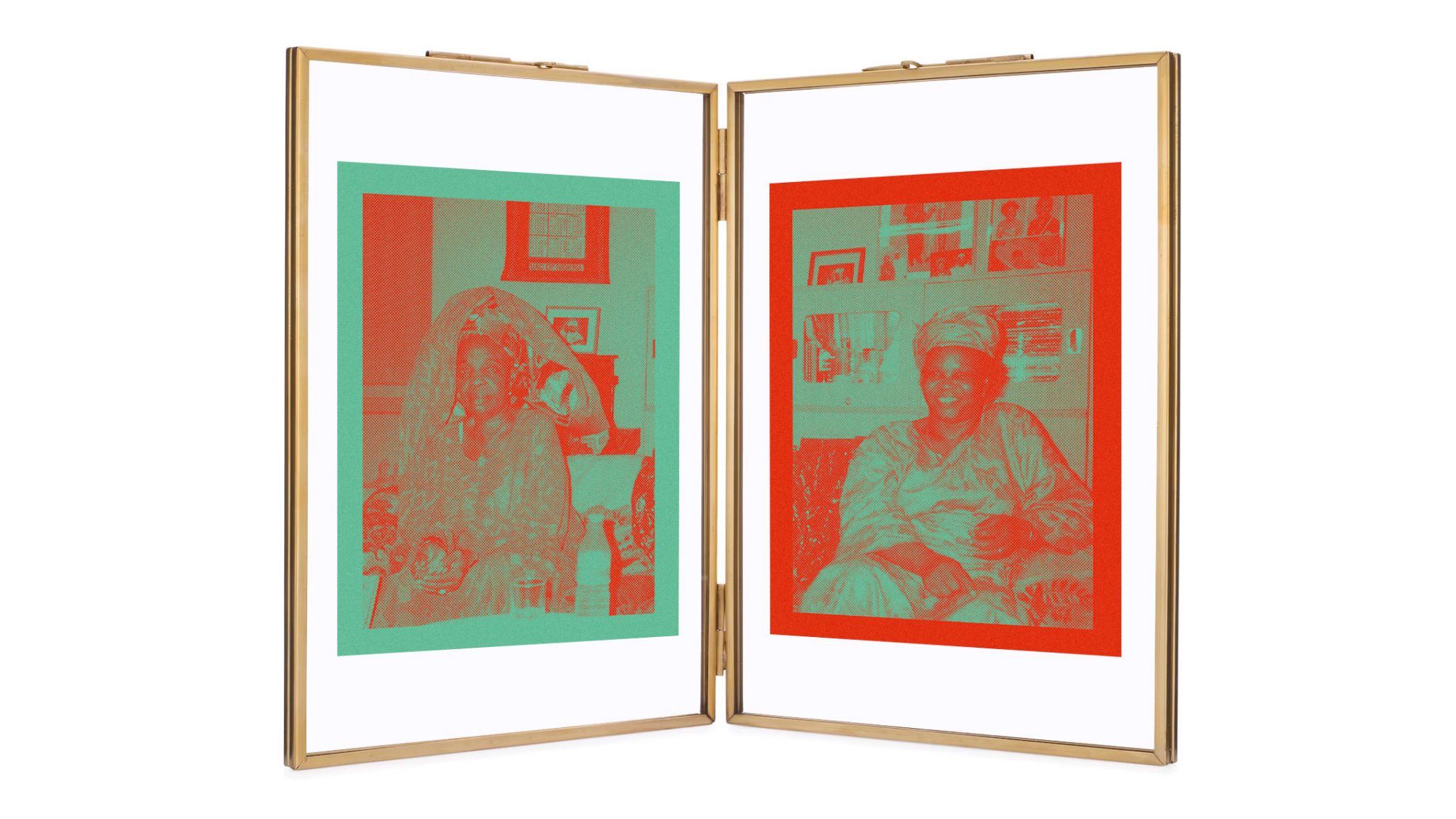June offered a surprisingly robust sampling of artworld staples and emerging talent, for those willing to slog through record-breaking heat
The return of New York’s summer group shows is, if nothing else, a testament to the cyclicality of time. Several this year were given such self-aware titles as Summer Camp, Summer in the City and Dog Days of Summer, names slightly less coy than Eighteen Painters, 36 Paintings, 4 Artists and June 21. Scepticism aside, for those still in the city and willing to slog through record-breaking heat, the month of June offered a surprisingly robust sampling of artworld staples and emerging talent.
Browsing Soft Fantasy/Hard Reality, a group exhibition about performativity, fugitive traces and myth at Silverlens, I saw a monitor leaning against a wall playing Eisa Jocson’s Stainless Borders: Deconstructing Architectures of Control (2010), a series of videos of the artist pole-dancing on various public structures. Captured from an onlooker’s perspective in long takes that appear unedited, Jocson’s guerrilla interventions were what first got me thinking about time. In the videos, the anticipated spectacle – which transpires without reprimand from authorities – is often delayed by periods of nonperformance: the artist lingers on wooden support beams near the ceiling of a Belgian mall, tagging the clerestory windows, or atop a flagpole in Sint-Niklaas, writing something illegible to the camera on its cylindrical surface. In these intervals, Jocson accustomed me to slowness.

Three streets over, at Tanya Bonakdar, I encountered The Objects We Choose, a group show whose press release compares connoisseurs of art to ‘consumers […] selecting one thing over another’. Like Allen Ginsberg ‘shopping for images’ in ‘A Supermarket in California’ (1956), I was drawn to Rivane Neuenschwander’s collage Deadline Calendar (2002). Mounted in square frames were hundreds of expiry dates excised from food packaging between August 2001 and July 2002. At once imbued with allegorical overtones, the way the date-marked pineapples purchased repeatedly in Chungking Express (1994) alluded to the expiration of Britain’s lease on Hong Kong, and innocuous, like scavenged, motley, miniature On Kawaras, these alternative timestamps provided a useful addendum to the release, reminding us that consumption involves, beyond the selection of goods, meticulous attempts to forecast and forestall their decay.
In Smack Mellon’s 2024 Emerging Artist Summer Group Exhibition, I encountered a striking sculptural installation by Zainab Aliyu titled Lenticular temporalities: 2949596 / ∞ (2024). On this hydra-headed altar, risograph prints of the artist’s grandmothers were displayed in brass frames, and the Black women weavers who assembled core memory for Project Apollo were commemorated with a mesh of ferrite rings and copper wire. Vintage metal trinkets – a rocket-shaped pin, a Kennedy Space Center souvenir penny and so on – lay on a mound of soil and red clay, like seeds about to be planted. Here, futurity and atavism met in a loop, as if to confirm: time isn’t a straight-shooting arrow but a helix of events, fated to return on cue.
